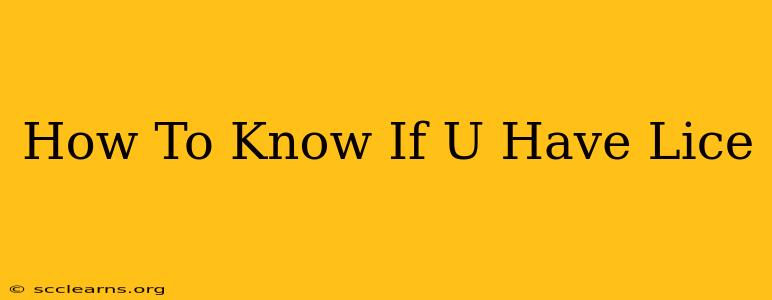Finding out you have head lice is never fun, but early detection is key to quick and effective treatment. This guide will walk you through the signs and symptoms of lice, helping you determine if you or a loved one needs professional help.
Understanding Head Lice
Head lice are tiny, wingless insects that live and feed on human blood. They're highly contagious, easily spreading through close head-to-head contact. Unlike what many believe, lice aren't a sign of poor hygiene; they can affect anyone.
Common Signs and Symptoms of Lice:
-
Itching: This is often the first and most noticeable symptom. The itching is caused by an allergic reaction to lice saliva. It can be intense, especially at the back of the neck and behind the ears. Note: Not everyone experiences intense itching immediately.
-
Nits (Lice Eggs): These tiny white or grayish specks are firmly attached to the hair shaft, close to the scalp. They're difficult to remove and are a strong indicator of an infestation. Unlike dandruff, nits are firmly attached and won't easily brush away. Look carefully: Use a fine-toothed comb and good lighting to check the hair thoroughly. Pay close attention to the hairline, behind the ears, and at the nape of the neck.
-
Live Lice: These are small, grayish-white insects that move quickly. They're about the size of a sesame seed. You might see them crawling on the scalp or hair.
-
Sores or Rashes: Intense scratching can lead to sores and secondary skin infections. If you notice sores or red, irritated skin, it's important to seek medical advice.
Differentiating Lice from Other Conditions:
It's easy to confuse lice with other scalp conditions. Here's how to tell the difference:
Lice vs. Dandruff:
- Dandruff: Appears as loose, white flakes that easily brush or shake off the scalp. It's typically spread across the scalp, not concentrated in specific areas.
- Lice: Nits are firmly attached to the hair shaft. Live lice are visible.
Lice vs. Dry Skin:
- Dry Skin: Can cause flaking, but the flakes are usually larger and less firmly attached than nits. Dry skin often presents on other areas of the body.
- Lice: Present with the characteristic nits and, possibly, live lice.
What to Do If You Suspect Lice:
If you suspect you have head lice, it's crucial to take action promptly:
-
Check everyone in the household: Lice infestations spread easily within families. Thoroughly inspect everyone who shares close contact with the infected person.
-
Seek professional advice: Consult a doctor or pharmacist. They can recommend appropriate treatments and strategies to manage the infestation effectively.
-
Avoid home remedies: While some home remedies are suggested, they are often not effective and can potentially harm your scalp or hair. Professional treatment is generally the most effective and safest approach.
-
Follow treatment instructions carefully: Once you’ve begun treatment, you must diligently follow all instructions. This includes carefully combing out nits and monitoring the situation to confirm their eradication.
Remember: Early detection and proper treatment are key to resolving a head lice infestation. Don't hesitate to seek professional help if you suspect you have lice. Your health and well-being are paramount.

